-
REFLECT. REIMAGINE. RESET.
Nonzuzo Gxekwa | Pierre le Riche | Pardon Mapondera | Johno Mellish | Lulama Wolf | Manyatsa Monyamane | Lerato Motaung | Jake Michael Singer
Curated by Jana Terblanche & THK Gallery
-
“The place in which I'll fit will not exist until I make it.”
- James Baldwin
-
We create meaning through storytelling and mythmaking. Through sharing our experiences, we are able to find common connections. The acts of imagining and dreaming are our most powerful tools to shift our lived realities. Reflect. Reimagine. Reset. is a group exhibition that looks towards the boundless creativity of artists and their power to imagine new futures. While it can be said that art both imitates life and is a reflection of the human condition, the true power of artmaking lies in its ability to create a space for imagining new ways of being. Reflect. Reimagine. Reset. looks towards the collective strength of artists to help us reimagine life. The exhibition features the works of 8 artists, who in unique ways, chronicle the realities of our times, while looking towards the future.Art is where reality and dreams collide. Through it, we can begin to consider the world differently and explore ways to live better. Reflect. Reimagine. Reset. traces the self-fulfilling sequence art creation proposes and postulates a moment to take stock of the present while moving forwards with renewed intentionality. Reflect. Reimagine. Reset. does not attempt to summarise the current moment, but rather celebrates the ways these artists offer alternative realities as solutions.In this particular moment the role of the artist has become increasingly important as artists are able to imagine worlds that are not bound by the constraints of reality, practicality, physics or the desire for order. Abstract solutions offer a gateway into new ways of thinking. In this way, art has more in common with metaphysics that study the realities beyond the physical world. Through their imaginations, artists offer us unlimited ways of approaching physical realities. By tapping into these capacities for creative thought, artists create worlds that are more just and equitable.
-
Jake Singer’s aerial forms defy gravity and glide across space in unimaginable ways. He uses precise science to make physical that which seems impossible. Singer’s work carries the tension of that which has come before and that which is still hoped to be realised. His flying forms are meticulously crafted from thousands of individual pieces of stainless steel, attesting to the power of strength through unity. His medium communicates the genesis of civilisation, its Modernist shortcomings and the potential to rebuild from what has been left behind.
-
Lulama Wolf looks towards the forms of maternal figures in her familial lineage to create abstracted figures and landscapes that bridge the past and the future. In this hybrid space, exists a world connected to but elevated from our own. While her works carry the pain of her ancestors, they are undoubtedly optimistic. Every paint stroke is a prayer for a freer future. She creates a safe place for this familial line to be seen and exist without constraint. In Hloho Ho Dima Di Palesa, flower-figure hybrids protrudes from a vase. With this Wolf merges folklore with contemporary existence by using familiar histories to gesticulate to the the present time.
-
-
Memories function as unstable records of the past and trying to accurately record them is a futile act. Lerato Motaung draws on recollections of spaces that he has inhibited, mentally and physically, to conjure his imagined memoryscapes. His paintings attempt to plot the unmappable aspects of the human mind by pushing beyond the possibilities of the physical world, thus bringing the viewer closer to grasping tangibly memory. While the intangible is present, Motaung situates his works in the corporeal world. He says:
“My work is situated in an unknown time and is influenced by the past and the present”.Motaung’s weaves the familiar with the imagined to create a personal and intuitive evocation of history. -
Pardon Mapondera’s textile works fashioned from plastic bottles, straws and thread ruminates on the burgeoning ecological crisis that is set to displace swathes of people in the coming decades. While Mapondera’s works acknowledge the presence of manmade waste, they also offer a view for an alternative future where these materials can form part of the climate crisis solution. Mapondera is able to create beauty from that which has been discarded, perhaps a metaphor for humanity’s ability to forge new beginnings from the shortcomings of the past. He proposes:
-
“Artists are the eye of the world, we make futures and are the justice warriors. We look forwards and backwards. We have the ability to change things. Art reveals the truth”.
-
-
Johno Mellish’s unique photographic eye captures seeming mundane scenes with Lynch-like perspective. In his series Maelstrom, he revisits a tumultuous river in Somerset West alongside where he grew up. This project, which he started in 2014, recaptured his interest after a period of reexploring the space alongside the river. Mellish says:
“I wanted to photograph this very personal space in a dispassionate way to reflect the direction I see the world is going with everything becoming depersonalised.”
To return to a space so heavy with memories with the intention to rework endlessly how it is perceived, demonstrates how Artists can use memory as a mechanism to chart and diverge the course of the future.
-
-
"Studio Door are photographs of actors and models waiting to cast. These photos are of the talents bodies reflecting off the studio door."
- Johno Mellish
-
-
Nonzuzo Gxekwa’s photographs run the gamut human experience by oscillating between documentary and performative styles. She says:
“My practice is a mixture between street photography and the surreal. Some of the shadows and patterns create dreamlike images, and subjects can appear dressed up like they are part of a show”.
This schism underscores the multiple expressions possible of the photography medium. Her vibrant colours and compositions challenge the viewers assumptions about the African experience. Her subjects are free and expressive, demonstrating that African identity is ever-changing and not a monolithic experience.
-
-
Pierre le Riche has spent the last few months making an assortment of trophies. The process was triggered by complicated childhood memories with achievement and award giving. These new trophies punctuate the absurdity of awards systems and the inherent psychological difficulties they present. Le Riche says:
“I convey these messages through the use of fragile materials like porcelain, by juxtaposing textures, disproportion and abstract composition”.
Where conventional pristine trophies represent achievement, his creations are wonky and peculiar thwarted by the burden of memory. As with Mellish, this is an ongoing project with an unpredictable road ahead. Le Riche thinks, sketches, tests, makes and rethinks in an endless loop. We are reminded that art is never finite.
-
-
Artists can help unearth narratives not often at the forefront of dominant societal thought. The stoic nature of Manyatsa Monyamane’s grandparent’s wedding photographs prompted a photographic exploration that would help fill in the gaps. In the Series Pele Magareng Morago (Before, During, After) she images the moments inbetween the staged photography which hung in her childhood home. Her reimagining encapsulated joy and youthful exuberance. Her subjects do not perform for the Western gaze, but rather celebrate their existence and resilience away from prying eyes. Her practice underscores the importance of creating alternative knowledge systems to challenge accepted norms. It is through generating these systems that new avenues of thought permeate greater society. Manyatsa says:
“While my work is inspired by the past, and made in the present, my hope is that they can create a space for reflecting on imagery in the future.”
-
The suggestions that artists execute are oftentimes not grand, but rather the accumulation of small gestures. Creativity does not hinge on the physical resources the planet has to offer. It is an untapped well to draw on when uncertainties creep in. This exhibition is optimistic in its approach, placing artistic pursuits and plurality of thought at the forefront of the drive for global change. Art can guide us to a place where we Reflect. Reimagine. Reset.
-
Press
-
-

Art Times | Jake Michael Singer | In Murmurs | November 2019 Edition
October 28, 2019Feature article on Jake Michael Singer's solo show In Murmurs , held at THK Gallery from 30 October - 06 December 2019 . The online version of the full July/August... -

RMB | Jake Michael Singer Interview | Dawn Chorus
November 20, 2019Jake Michael Singer discusses his process and use of materials for his Murmurations series, specifically Dawn Chorus , which entered the Rand Merchant Bank (RMB) collection in 2019. It is... -

Bubblegum Club | Jake Michael Singer at Gallery TINY
March 11, 2020Article on Jake Singer's first exhibition The World is Already Happening, at Gallery TINY in New York. Read the article here . -

Latitudes | Collect: A Sculptural Medium | Jake Michael Singer
October 19, 2020An article on the work of 14 sculptors, including Jake Michael Singer. Read the full article here . -

AKAA 2020 | Fair Newspaper | Interview with Jake Michael Singer
November 12, 2020An interview with Jake Michael Singer, regarding his practice and conducted by Mimi Vuurman. Read the full interview here . The full AKAA 2020 fair newspaper can be viewed here... -

Iziko South African National Gallery | Matereality | Jake Michael Singer | 14 February - 02 August 2020
March 5, 2020THK Gallery is proud to announce that Jake Michael Singer's large-scale installation, And All the Birds Flew with a Harsh Scream (Marmara) , 2020, currently features in Matereality, the critically... -

Jake Michael Singer in New York | Gallery TINY | 13 March - 10 April 2020
March 5, 2020THK Gallery announces Jake Michael Singer's latest exhibition in New York. Showcasing select photographs and sculptures from Jake's varied practice, The World is Already Happening opens at Galley TINY on... -

Daily Maverick | South African artist Lulama Wolf paints a personalised narrative of African artistry
September 7, 2021An interview with and article on the work and practice of Lulama Wolf. Read the full piece here . -

Lulama Wolf | NewAfrican | Artists to watch at this year’s 1-54 Contemporary African Art Fair
October 14, 2021An article on artists to watch at the 2021 Edition of the 1-54 London Contemporary African Art Fair, featuring THK Gallery artist Lulama Wolf. Read the full piece here . -

Lulama Wolf | Art X Lagos | Undulating Curves that Create Lithe Bodies in Space
November 20, 2021An article by Nkgopoleng Moloi on the work and practice of THK Gallery artist Lulama Wolf. Read the full piece here . -

Glamour South Africa | Getting to know Lulama ‘Wolf’ Mlambo
November 22, 2021An interview with Lulama Wolf. Read the full piece here . -

ArtDependence | Lerato Motaung Wins the Emergence Art Prize 2020
September 18, 2020An article on Lerato Motaung, the winner of the Emergence Art Prize 2020 Edition. Read the full piece here . -

VISI | Lerato Motaung announced as Emergence Art Prize 2020 winner
September 29, 2020An article on Lerato Motaung, the winner of the 2020 edition of the Emergence Art Prize. Read the full piece here . -

Bubblegum Club | Lerato Motaung
October 13, 2020Article on the work and practice of Lerato Motaung. Read the full piece here . -

Tshwane University of Technology | Germany awaits gifted TUT artist | Lerato Motaung
October 14, 2020An feature on Lerato Motaung, winner of the Emergence Art Prize 2020 edition. Read the full piece here . -

Ocula Magazine | African Connections: Artists to Watch at 1-54 and Frieze Masters
October 8, 2020Article including mention of Nonzuzo Gxekwa, and THK Gallery's participation at 1-54 London. Read the full piece here . -

Artskop | Hot Demand for African Art at London’s 1-54 Fair
October 17, 2021An Artskop article on the 1-54 London 2021 art fair, with quotes from THK Gallery Director Linda Pyke. Read the full article here . -

Artalkers Italy | 1-54 Contemporary African Art Fair 2021: proposals from four galleries in London
November 12, 2021An article on the 1-54 London art fair, with mention of THK Gallery. Read the full piece here . -

The South African | THK Gallery at 1-54 London 2021
October 15, 2021An article with mention of THK Gallery's participation at 1-54 London 2021. Read the full piece here . -

ArtThrob | Rendering the Unseeable: on Pardon Mapondera
January 25, 2021An article on the work and practice of Pardon Mapondera, as well as a review of his current inclusion in THK Gallery's Reflect. Reimagine. Reset. group show. Read the full... -

AfricanH | Pardon Mapondera
March 6, 2021An article on artist Pardon Mapondera by Lifang Zhang. Read the full piece here . -

ArtThrob | Pardon Mapondera | Hutsanana
July 8, 2021A review of Pardon Mapondera's online show Hutsanana by Lukho Witbooi. Read the full review here . -

Pardon Mapondera | The Malta artpaper. | A cross section of Zimbabwe's resilient art practice
December 1, 2021An article on the artHarare Contemporary Art Fair 2021, with mention of the work of Pardon Mapondera. Read the full piece here . -

Le Journal des Rencontres AKAA 2019 | Johno Mellish | Ashraf Jamal
November 20, 2019Featured article within the Also Known As Africa (AKAA) fair newspaper on Johno Mellish, written by Ashraf Jamal. A selection of Mellish's works were on exhibition at THK Gallery's booth... -

Art Times | Different Angles | February 2020 Edition | Nyasha Marovatsanga | Johno Mellish
January 28, 2020A Featured article by Sven Christian on the show Different Angles . The show features two solo presentations by Johno Mellish and Nyasha Marovatsanga, and is on at THK Gallery... -

Art Times | Ashraf Jamal | April 2020 Edition | Different Angles | Nyasha Marovatsanga | Johno Mellish
March 25, 2020An article written by Ashraf Jamal, which highlights the show Different Angles. The online version of the full April 2020 edition of Art Times can be found here . Or... -

Lux Life Magazine Online | Johno Mellish at AKAA 2019
November 6, 2019Mention of THK Gallery and Johno Mellish at AKAA 2019. See the feature here . -

Johno Mellish | Connecting the Dots | Metal Magazine Online
April 21, 2020Interview with Johno Mellish for Metal Magazine online. Read the full interview here . -

Johno Mellish | British Journal of Photography | On Location: Cape Town
August 16, 2021An article on Cape Town's contemporary photogrpahy scene, featuring the work of Johno Mellish. Read the full article here . -

Conceptual Projects | Paris Photo 2021 | Johno Mellish
November 17, 2021A selection of presentations at Paris Photo 2021, with mention of Johno Mellish. Read the full article here . -

Johno Mellish | Paris Photo 2021, a kaleidoscope of Africa
November 12, 2021An article on Paris Photo 2021, with mention of Johno Mellish and THK Gallery. Read the full piece here . -

Johno Mellish | Paris Photo 2021: Curiosa | L'oeil de la Photographie
November 12, 2021An article on the Curiosa sector of Paris Photo 2021, with mention of Johno Mellish and THK Gallery. Read the full piece here . -

Johno Mellish | ZEITmagazin
January 26, 2022A ZEITmagazin online feature on the work of Johno Mellish. Read the full feature here . -

Johno Mellish | Booooooom Photographer Spotlight
March 10, 2021A feature on the work of Johno Mellish. View the full piece here . -

Carbon Copy | A Photo Project by Twin Sisters Nonzuzo and Noncedo Gxekwa
January 15, 2015Article and interview on Carbon Copy , a collaborative photo project for which twin sisters Nonzuzo and Noncedo Gxekwa have turned the camera on themselves. Read the full piece here... -

Mail & Guardian | Inside Nonzuzo Gxekwa’s time machine
November 15, 2019Article highlighting Nonzuzo Gxekwa’s practice and work. Read the full piece here . -

Jameson Indie Channel | Twin photographers Nonzuzo Gxekwa and Noncedo Charmaine talk individuality
Article and interview with twin photographers Nonzuzo Gxekwa and Noncedo Charmaine. Read the full piece here . -

Sibahle Magazine | Launch issue | Nonzuzo Gxekwa
April 1, 2015Feature on Nonzuzo Gxekwa's Body Beautiful series. Read the full feature here . -

Republik | The City Diary | Nonzuzo Gxekwa
January 11, 2020Interview with Nonzuzo Gxekwa and Republik Magazine, a Swiss online publication. Read the full interview here . -

Between 10 and 5 | What makes a muse? | Nonzuzo Gxekwa
July 28, 2017Article featuring the portrait work of Nonzuzo Gxekwa. Read the full piece here . -

African Lens | Collector's Edition | Nonzuzo Gxekwa
January 1, 2016Collectors Edition is a three volume publication produced by African Lens , an independent publication featuring and celebrating African photographers both in the motherland and across the diaspora. The publication... -

Nonzuzo Gxekwa | Oath Magazine
December 6, 2019Nonzuzo Gxekwa's work is included within the first volume of Oath Magazine, a bi-annual publication that celebrates and promotes emerging photographers from across the African continent. Find out more here... -

Art Times | Nonzuzo Gxekwa
May 26, 2020Feature on Nonzuzo Gxekwa's first online solo show with THK Gallery. Read the full piece by Sven Christian here . -

Vogue UK | Phenomenal Black Artists, Ceramicists & Interiors Brands To Support Now & Always | Nonzuzo Gxekwa
July 13, 2020Article by Sophie Ashby with mention of Nonzuzo Gxekwa. Read the full piece here . -

KUNSTFORUM International | COVID-19 "The Mask Project" | Pierre le Riche X Nonzuzo Gxekwa
August 6, 2020Feature on Kunstforum International regarding The Mask Project, a collaboration between THK Gallery artists Pierre le Riche and Nonzuzo Gxekwa. Read the full piece here . -

Latitudes | The Mask Project | Nonzuzo Gxekwa x Pierre Le Riche
July 20, 2020An article on The Mask Project collaboration between THK Gallery artists Nonzuzo Gxekwa and Pierre le Riche. Read the full piece here . -

Fujifilm | Featured photographer: Nonzuzo Gxekwa
August 13, 2020An interview with featured photographer Nonzuzo Gxekwa. Read the full interview here . -

Vogue Italy | Oath Magazine: Nonzuzo Gxekwa
October 20, 2020A feature on Oath magazine, with highlight on Nonzuzo Gxekwa's work. See the full feature here . -

Lindsay Magazine | Issue 5 | Nonzuzo Gxekwa
October 26, 2020Lindsay Magazine's latest issue features the works of Nonzuzo Gxekwa. Lindsay is a biannual print and online magazine celebrating the importance of culture and place. Find out more here . -

1854 Photography | Picture This: Power | Nonzuzo Gxekwa
May 7, 2021Al J Thompson, Elena Cremona, Cemre Yesil, Max Siedentopf, Nonzuzo Gxekwa and Hubert Crabieres ruminate on the theme of Power. Read the full piece here . -

Nonzuzo Gekwa | Art Forum | Presence: Five Contemporary African Photographers
August 18, 2021An article on the Presence: Five Contemporary African Photographers exhibition at the Photographers gallery in London, with mention of participating THK artist Nonzuzo Gxekwa. Read the full article here . -

Nonzuzo Gxekwa | Photo House South
September 7, 2021An interview with Nonzuzo Gxekwa, part of Photo House South's Get to Know series. Read the full interview here . -

Nonzuzo Gxekwa | Ocula Magazine | Fifty Years of Photography in Africa at ART X Lagos
November 3, 2021Fifty years of African photography will go on view across ART X Lagos, which returns for its sixth edition at The Federal Palace on Victoria Island in Lagos (4–7 November... -

Nonzuzo Gxekwa | Talut Kareem | Review of Self-Addressed curated by Kehinde Wiley | Goat
November 6, 2021A review of Self-Addressed curated by Kehinde Wiley, in collaboration with Black Rock Senegal and Jeffrey Deitch. The exhibition featured works by THK Gallery artists Nonzuzo Gxekwa and Talut Kareem.... -

Fujifilm TAKE TEN | Interview with Nonzuzo Gxekwa
March 8, 2022While celebrating ten years of the X Mount system, Fujifilm South Africa is featuring the work of local photographers shooting with Fujifilm. Read their full interview with Nonzuzo Gxekwa here... -

Independent Nigeria | Kehinde Wiley Pools Artists For Self-Addressed Mission | Nonzuzo Gxekwa | Talut Kareem
November 20, 2021An article on Self-Addressed , an exhibition of self-portraits by contemporary African artists curated by Kehinde Wiley, with mention of participating THK artists Nonzuzo Gxekwa and Talut Kareem. Read the... -

Floornature | Hologram H10 by Pierre Le Riche at the Minsheng Museum, Beijing
September 1, 2018South African artist Pierre Le Riche developed the installation for Cartier's Coloratura High-Jewelry in the largest public space for contemporary art in China, the Minsheng Contemporary Art Museum in Beijing,... -

Creative Feel | Pierre le Riche | Sasol New Signatures Merit Award Winner
July 25, 2018An interview with Pierre le Riche on his 2018 Sasol New Signatures Merit Award. Read the full interview here . -

KUNSTFORUM International | COVID-19 "The Mask Project" | Pierre le Riche X Nonzuzo Gxekwa
August 6, 2020Feature on Kunstforum International regarding The Mask Project, a collaboration between THK Gallery artists Pierre le Riche and Nonzuzo Gxekwa. Read the full piece here . -

Latitudes | The Mask Project | Nonzuzo Gxekwa x Pierre Le Riche
July 20, 2020An article on The Mask Project collaboration between THK Gallery artists Nonzuzo Gxekwa and Pierre le Riche. Read the full piece here . -

VISI | Picks of the Week | Pierre Le Riche X Signatura Collaboration at WEX1
November 10, 2020An article which features the installation work of Pierre le Riche. Read the full piece here . -

Art Times | Pierre le Riche
May 1, 2021Feature on Pierre le Riche's new solo show 'Urns for the Ashes of my Lost Lovers', currently on show at THK Gallery from 06 May - 26 June 2021. Read... -

Pierre le Riche | San Diego Magazine | Wonderspaces returns to the B Street Pier
June 13, 2019An article on the third year of Wonderspaces in San Diego, which debuted 13 incredible installations that challenged visitors to explore their own and collective experiences, environments, and relationships. With... -

Pierre le Riche | Urns for the Ashes of my Lost Lovers | Press Release
May 6, 2021THK Gallery is proud to announce Pierre Henri le Riche's latest solo show Urns for the Ashes of My Lost Lovers: Part 1. Read the full Press Release here . -

Pierre le Riche | Elephant Art | The Need-to-Know Artists From 1-54 Contemporary African Art Fair 2021
October 15, 2021An article with mention of THK artist Pierre le Riche and his works exhibited at 1-54 London 2021. Read the full piece here . -

VISI | Pierre le Riche | All the Threads of the Rainbow | Interview
June 27, 2013An interview with Pierre le Riche regarding his yarn bombing installations. Read the full piece here . -

Fabulous Woman Magazine | Interview with Manyatsa Monyamane
December 7, 2017An interview with photographer Manyatsa Monyamane. Read the full piece here . -

Beyond | Edition 3 | Manyatsa Monymane
February 1, 2020An inculsion of Manyatsa Monymane's Serithi series in Beyond Magazine's third edition. Beyond III aims to open a discourse on colonial structures in photography, the power of images in our... -

World Press Photo | Manyatsa Monyamane
May 12, 2021An article detailing Manyatsa Monyamane's practice and featuring two of her photographic series: The Unsung Ones , and Serithi . Read the full article here . -
![Manyatsa Monyamane | Beyond III | [post]colonial Present](data:image/gif;base64,R0lGODlhAQABAIAAAAAAAP///yH5BAEAAAAALAAAAAABAAEAAAIBRAA7)
Manyatsa Monyamane | Beyond III | [post]colonial Present
August 13, 2021Introduction to Beyond Magazine III's [post]colonial Present exhibition. The exhibition includes work by THK Gallery artist Manyatsa Monyamane. Read more here .
-




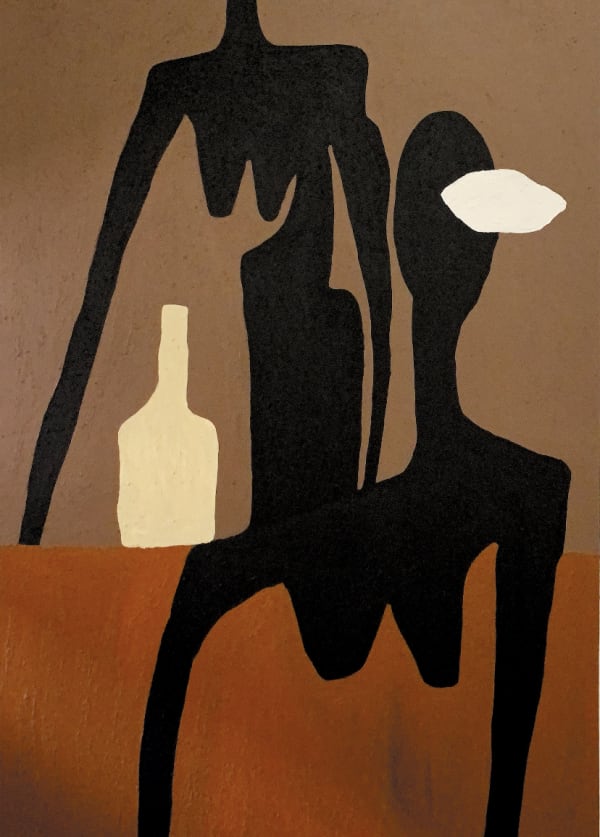
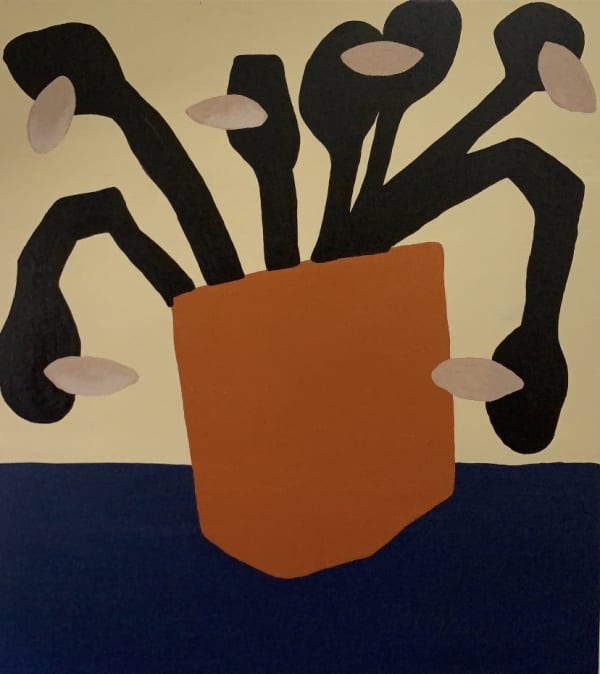
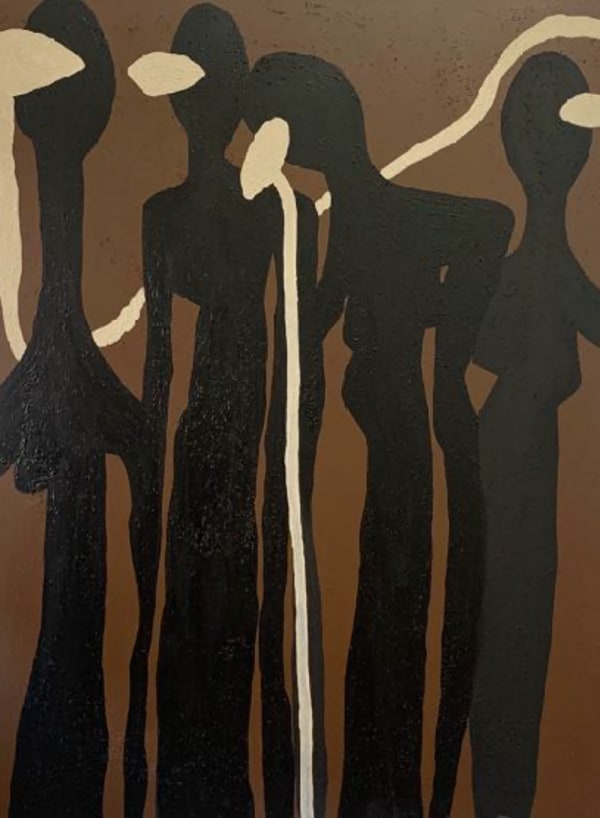
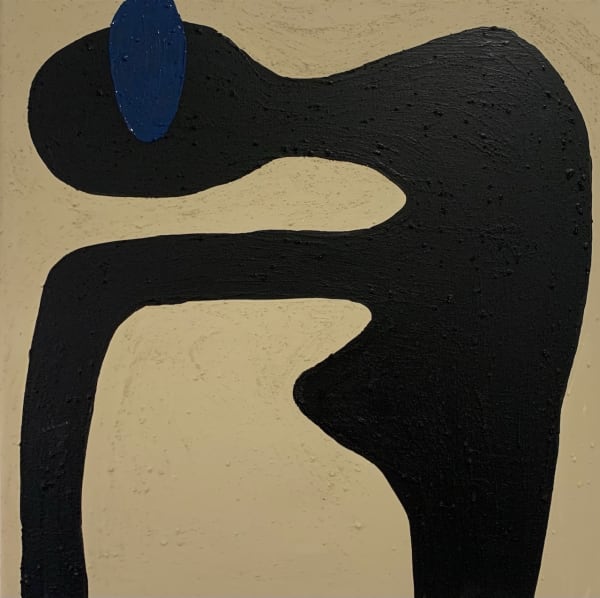
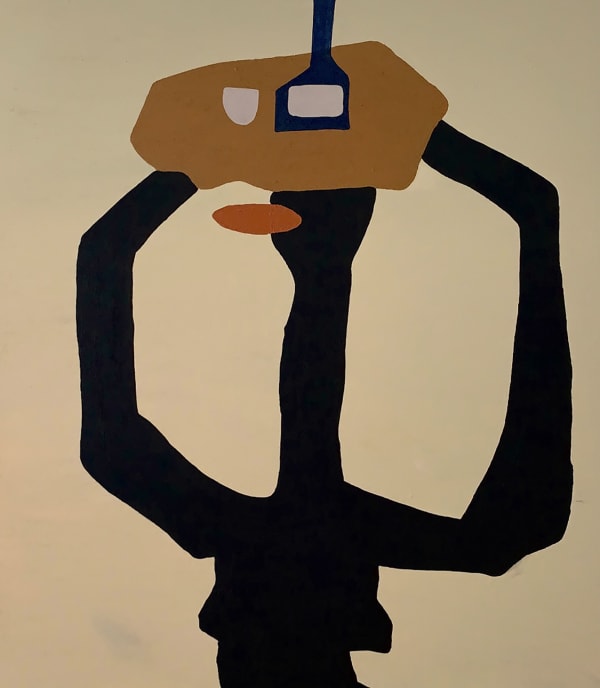
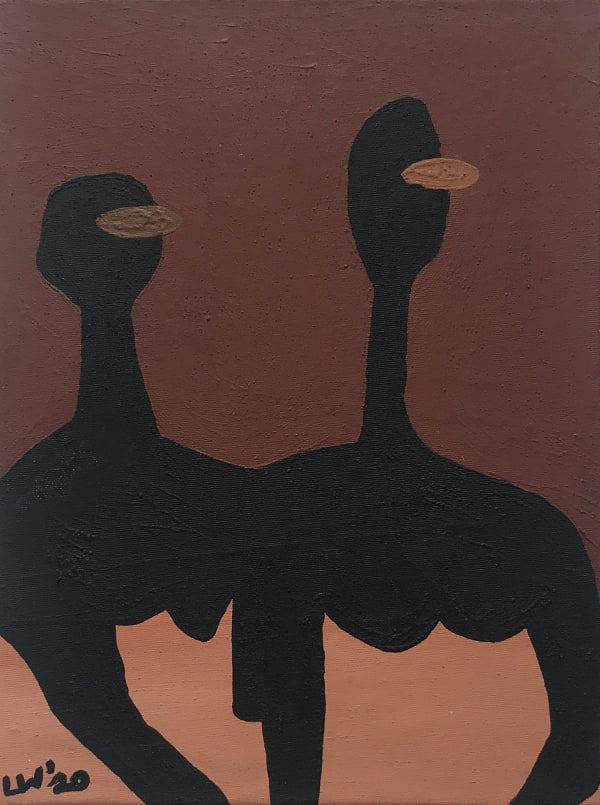
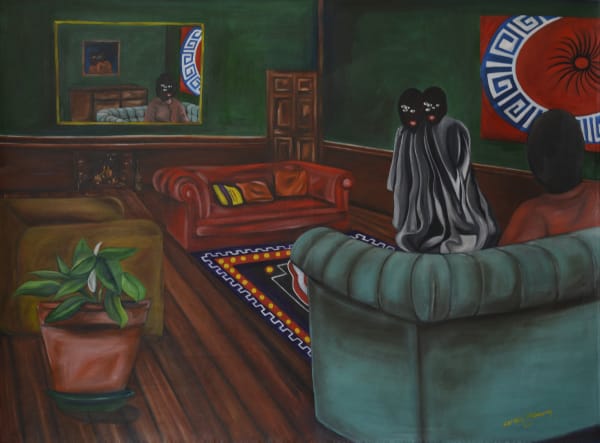

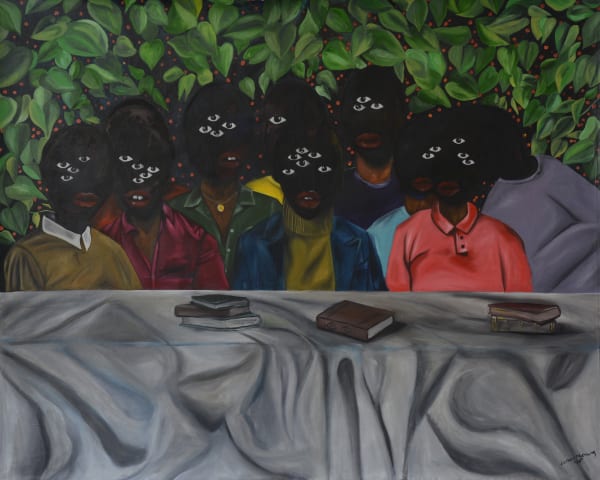

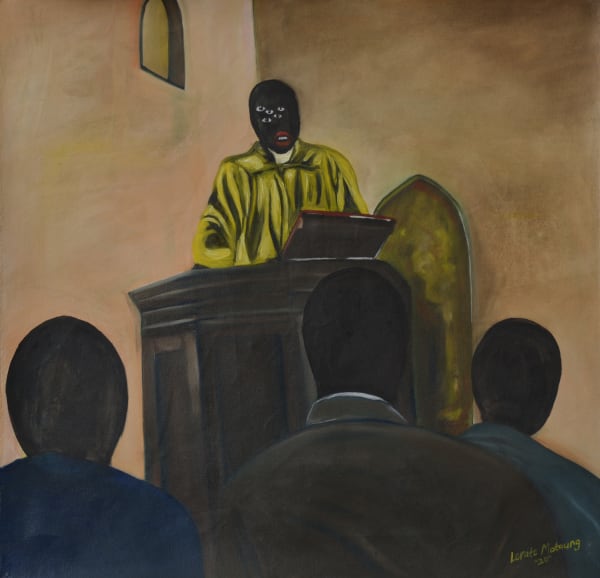











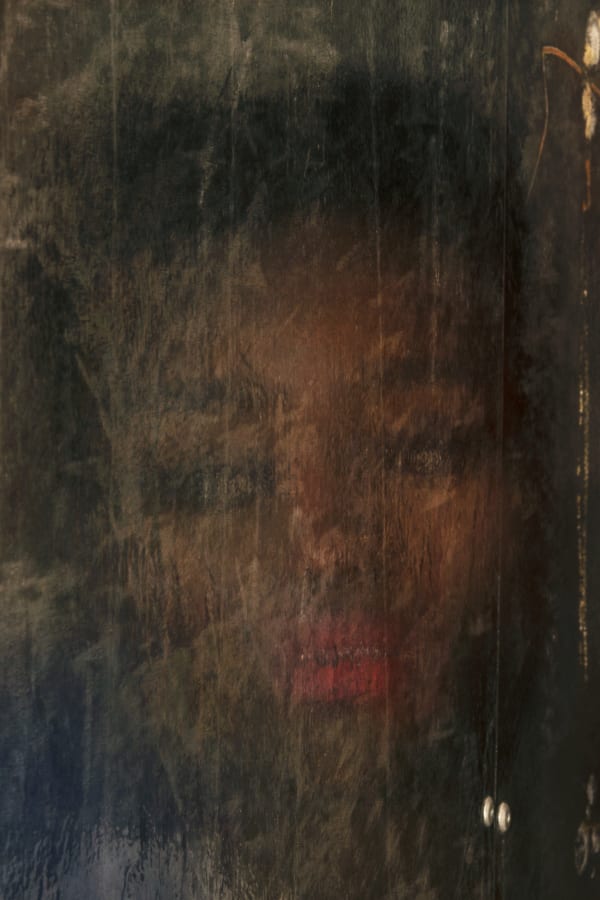

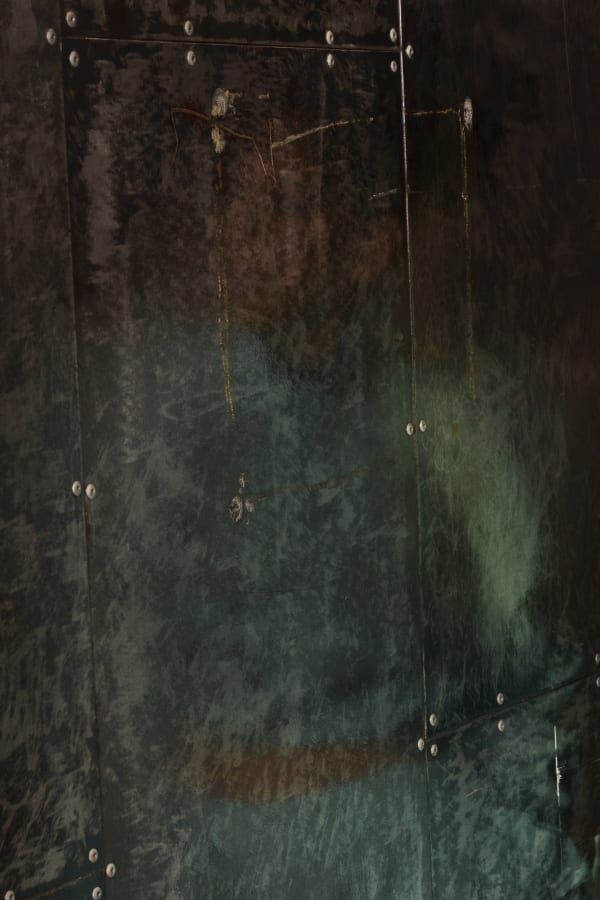



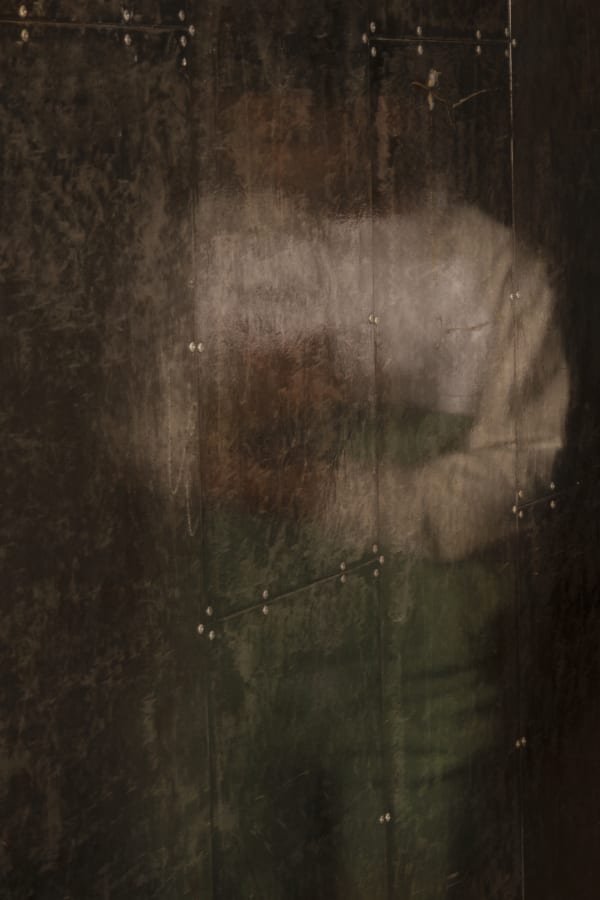

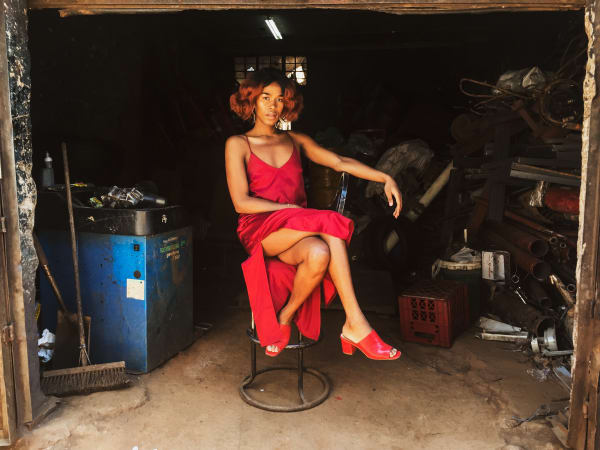

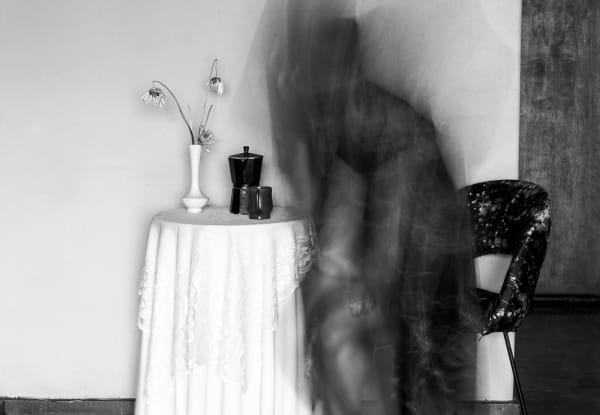

















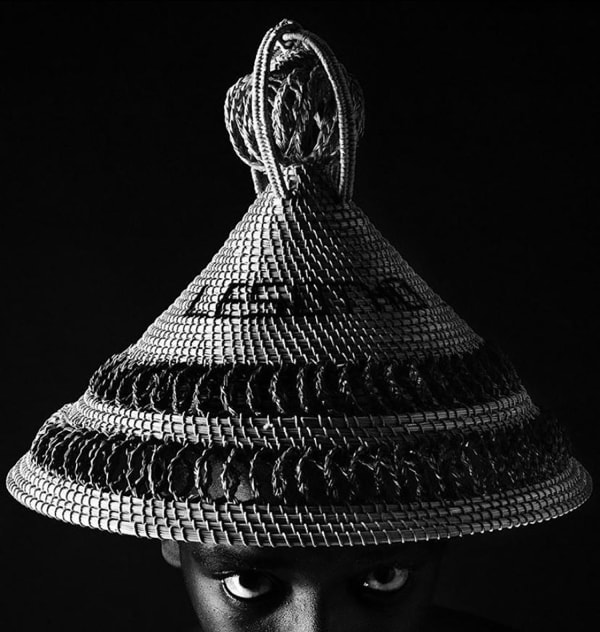
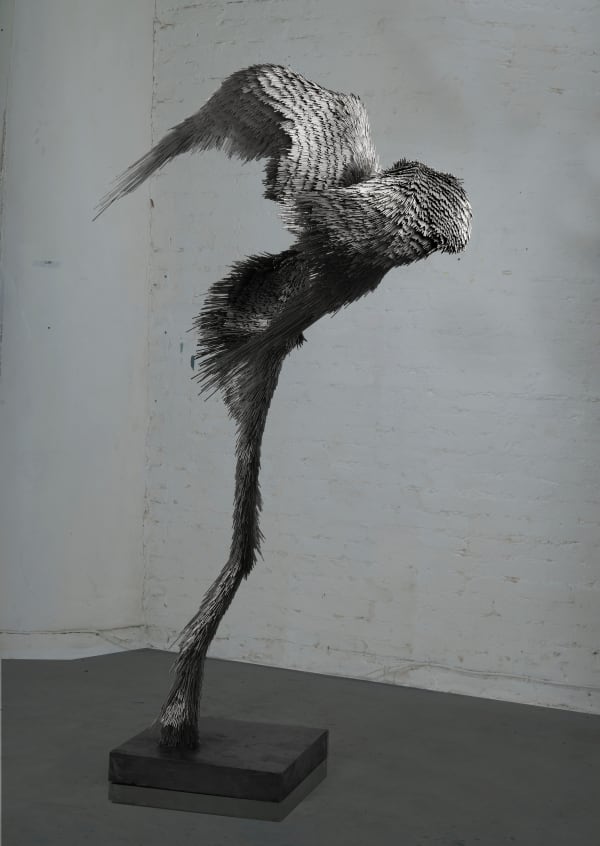






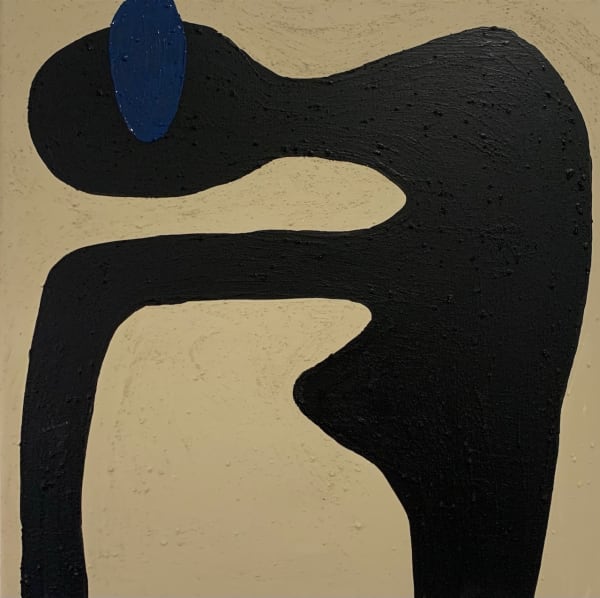
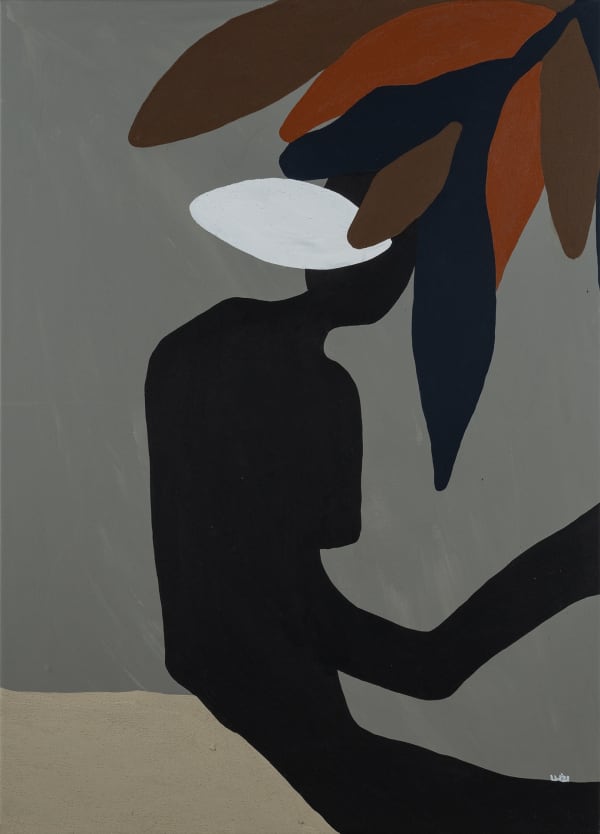

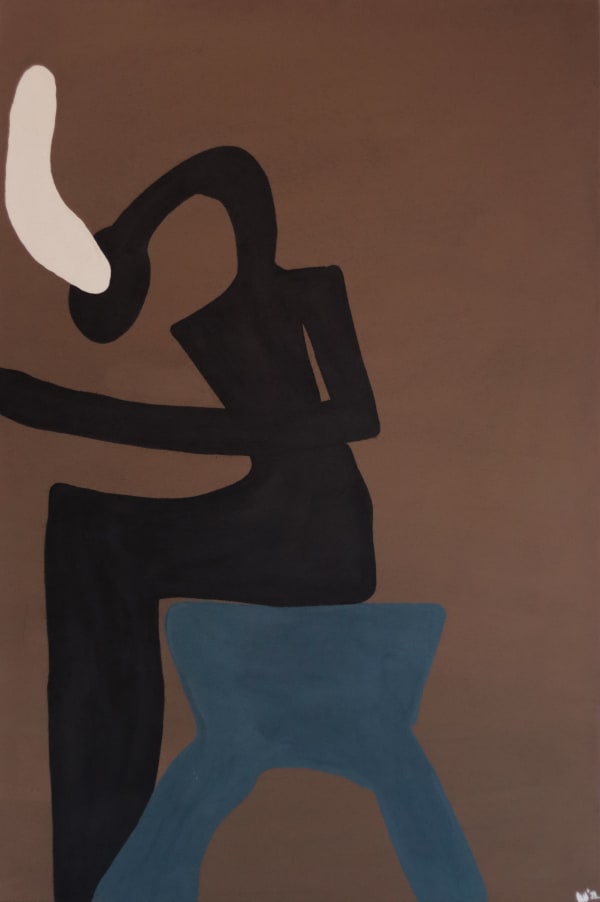

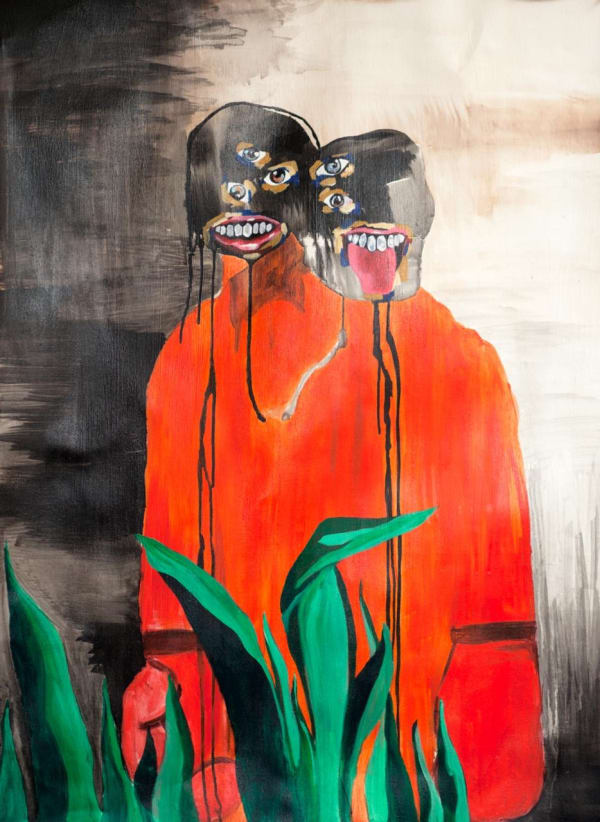
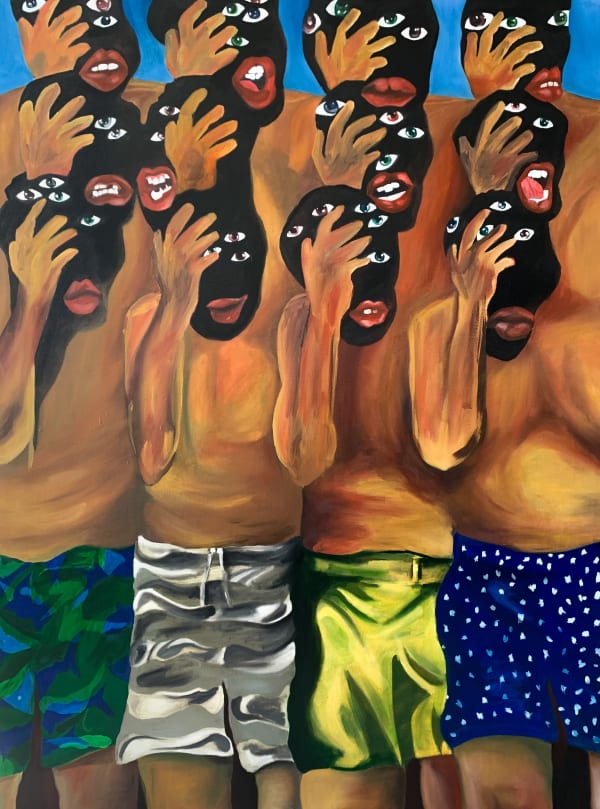
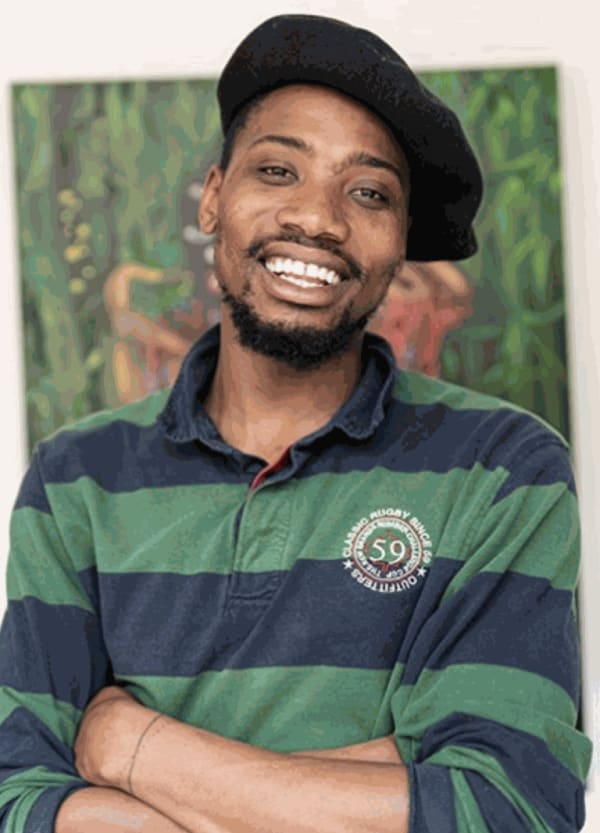

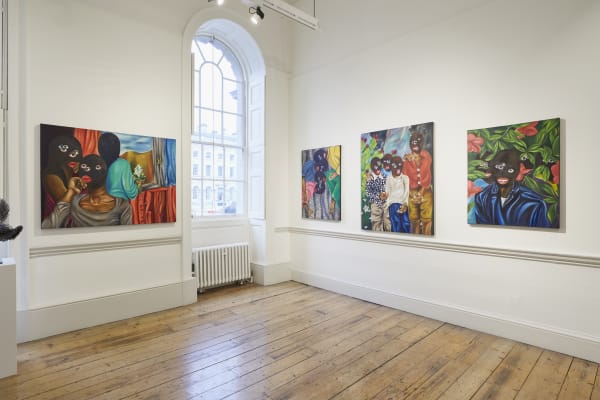
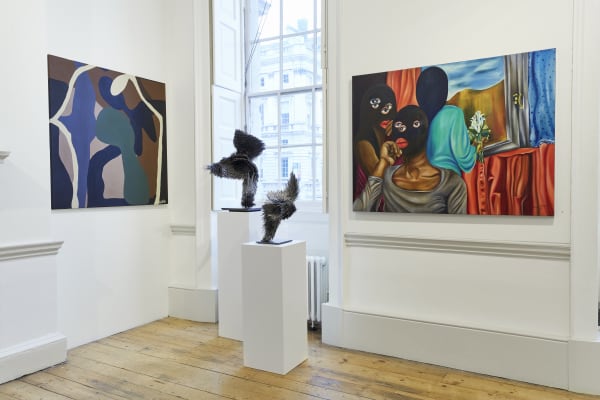

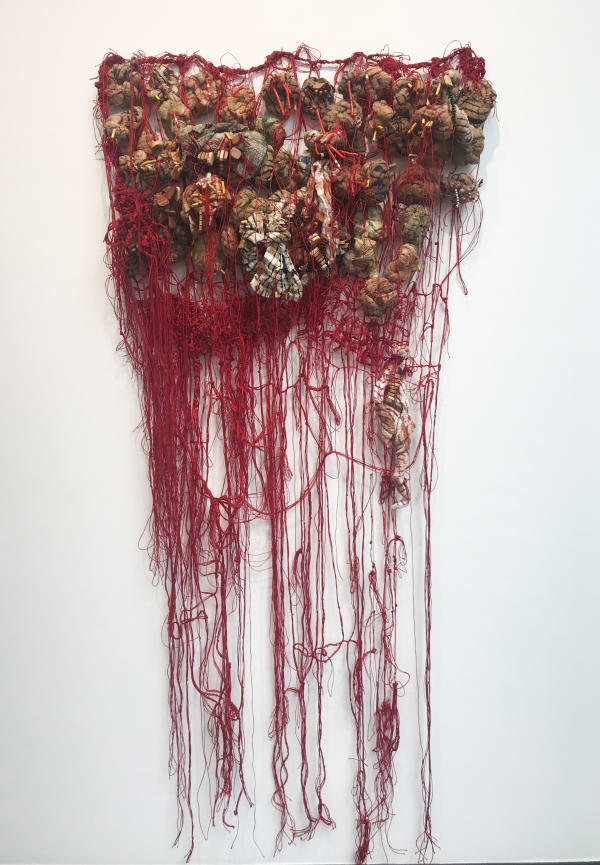

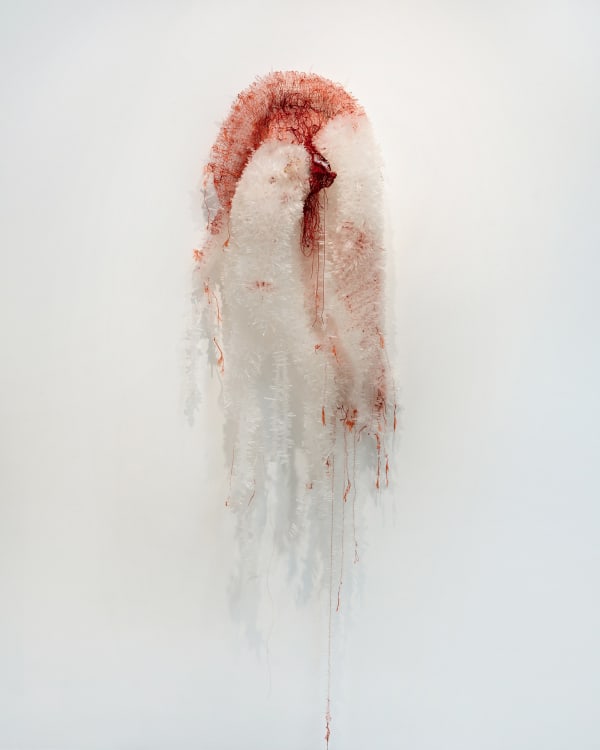


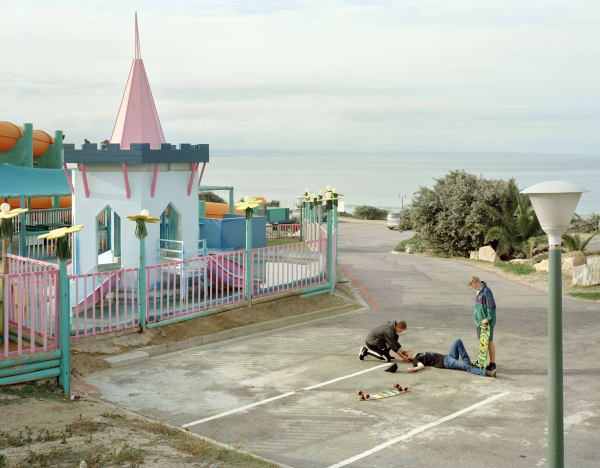
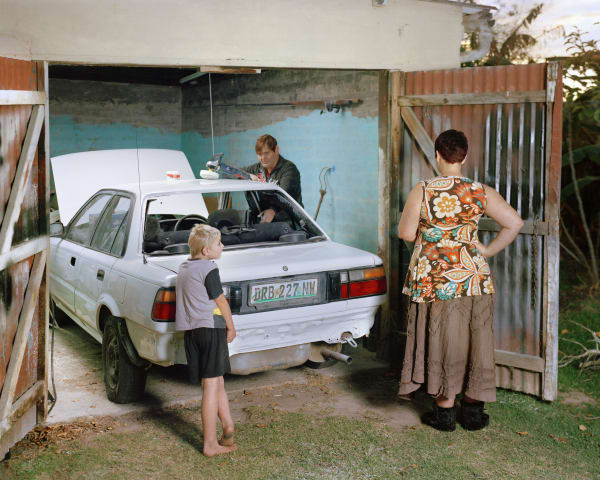








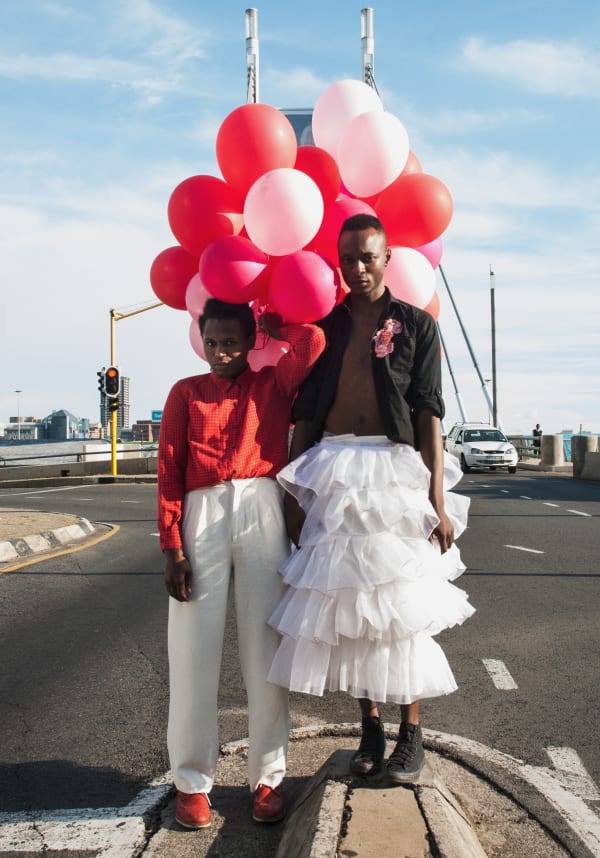
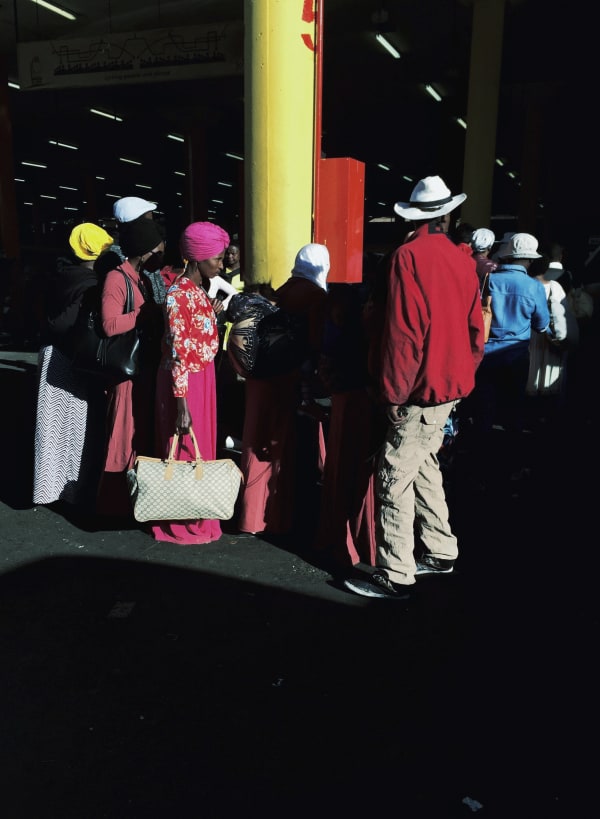
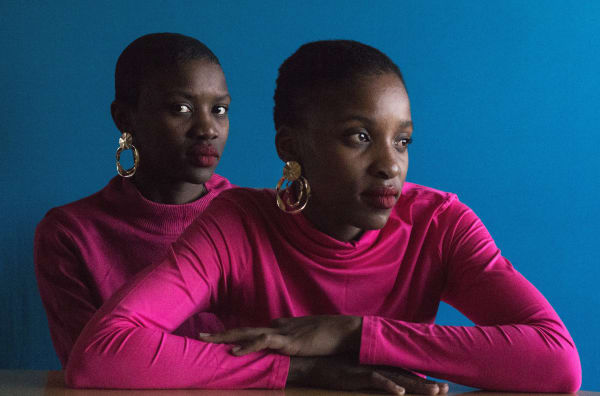
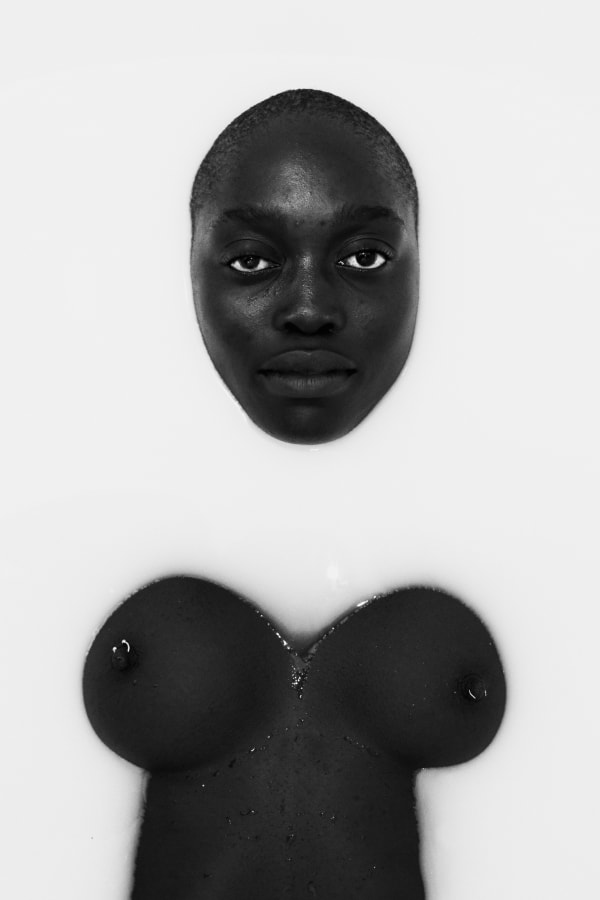
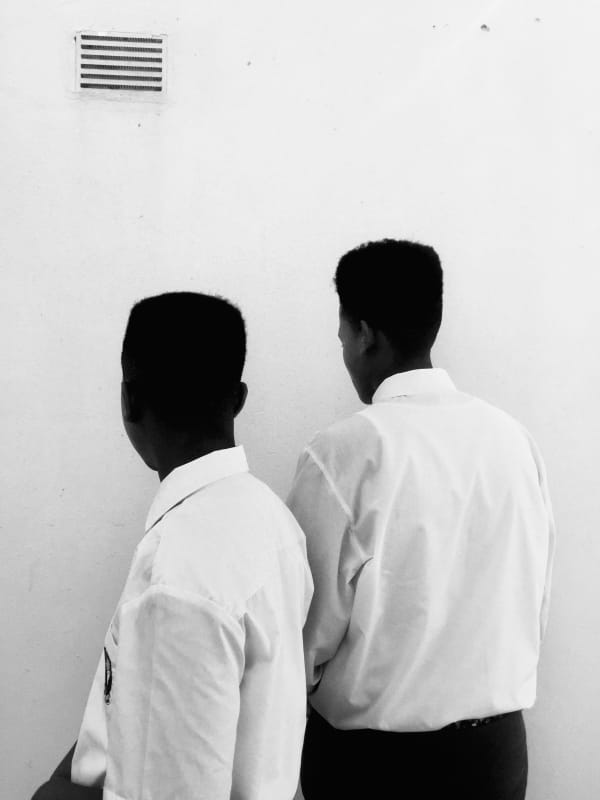
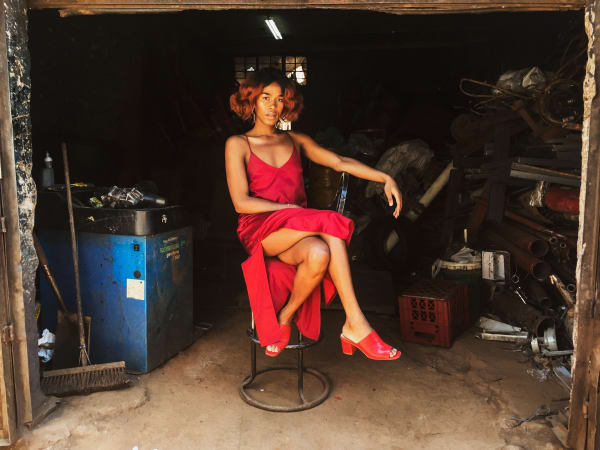

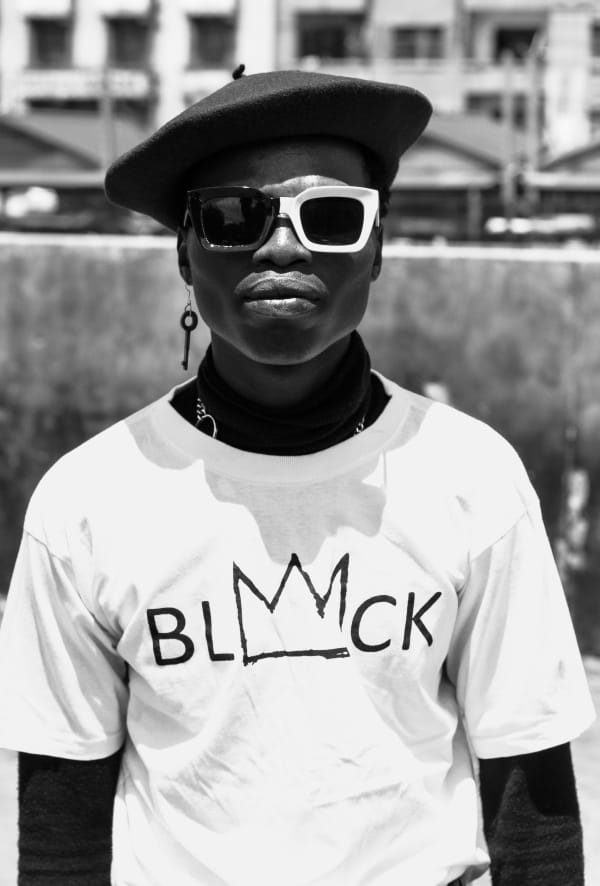
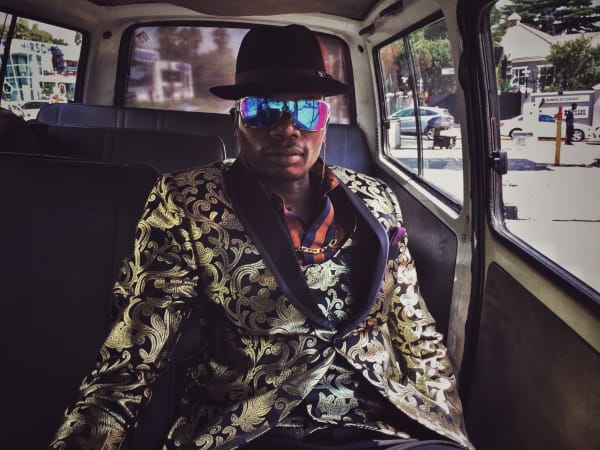

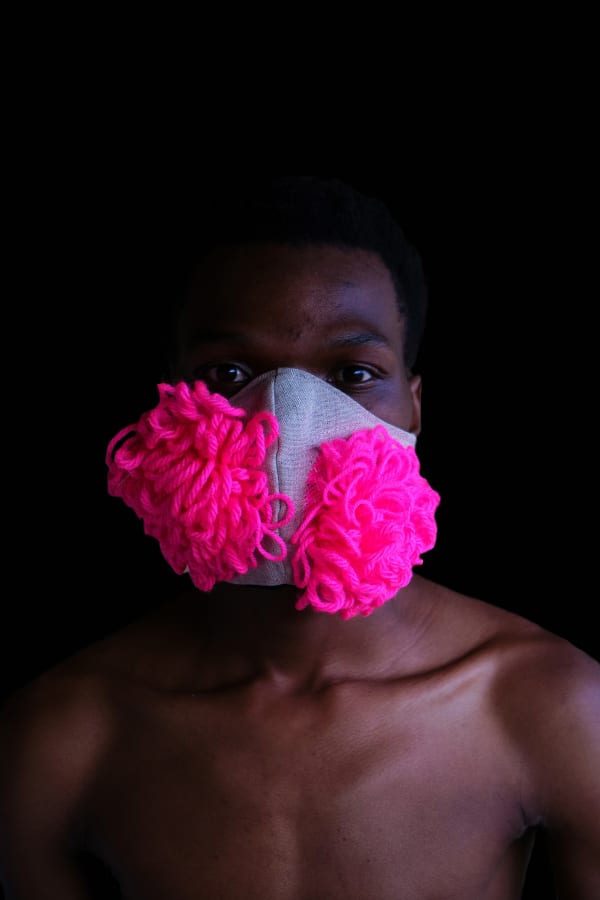
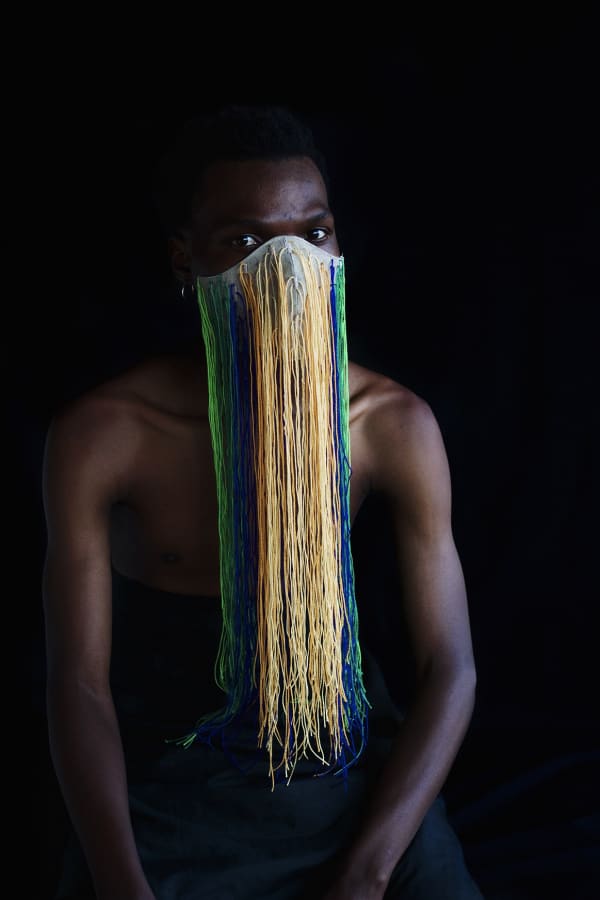



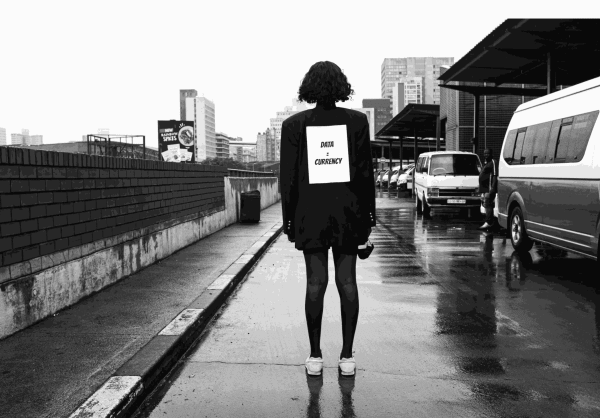
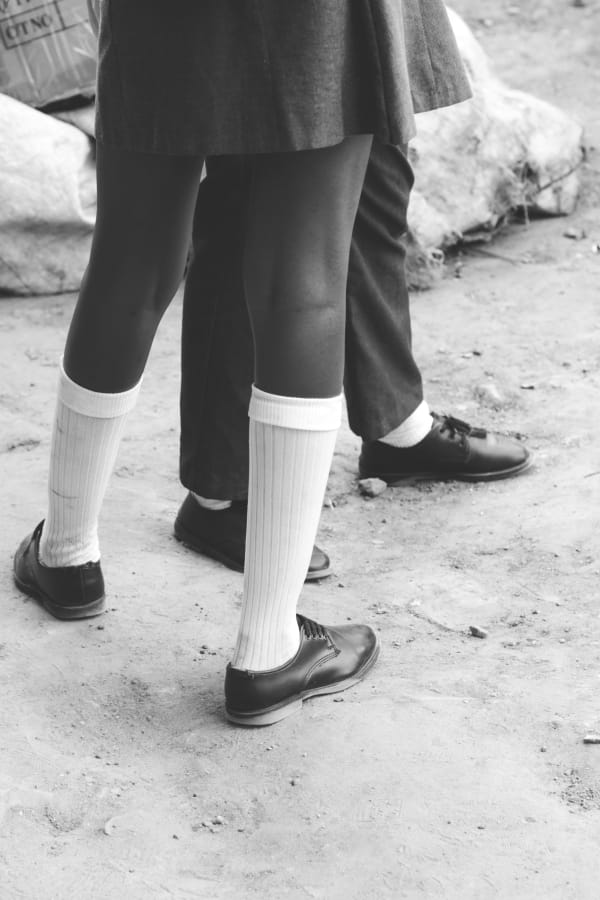
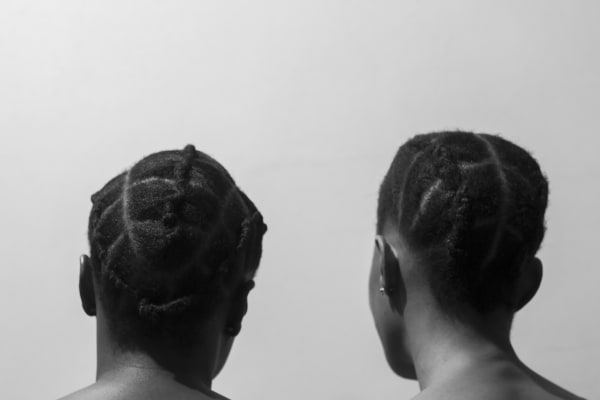

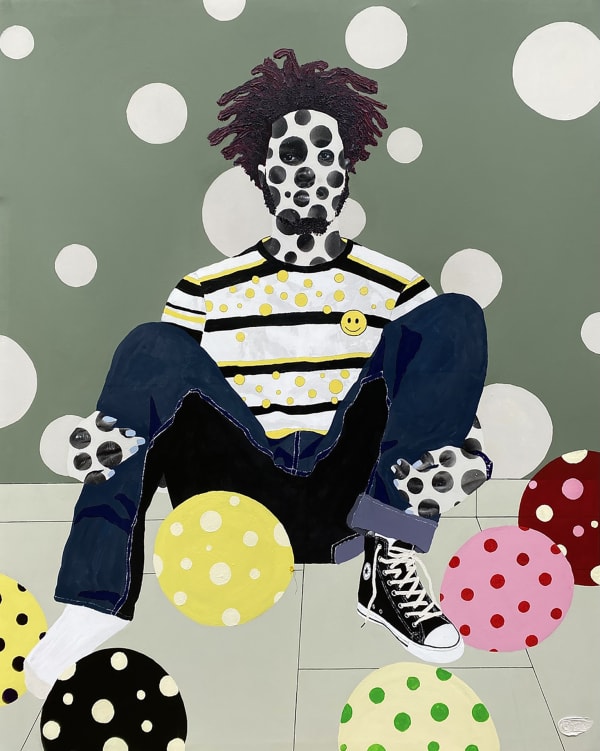
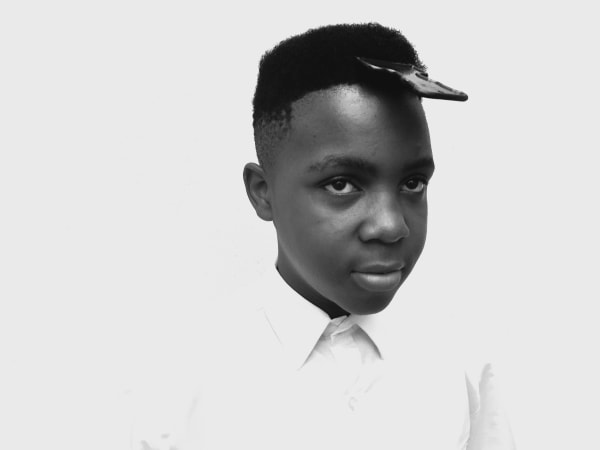
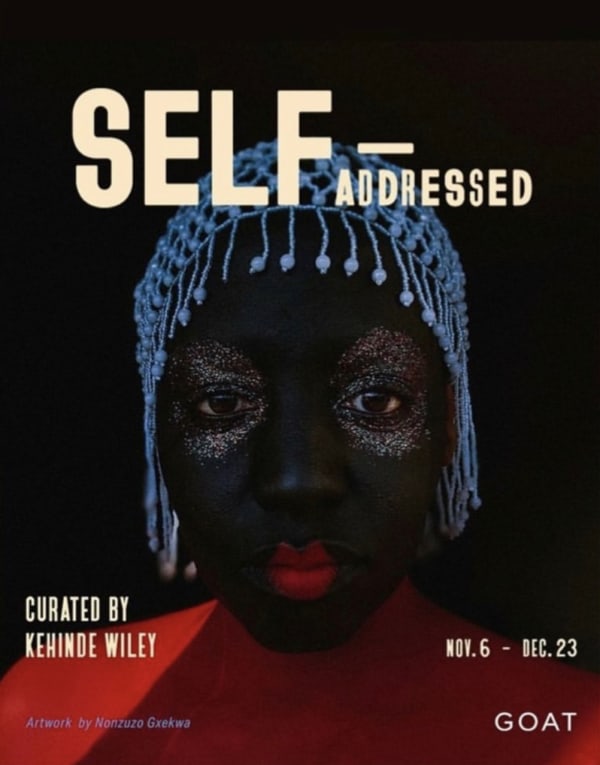

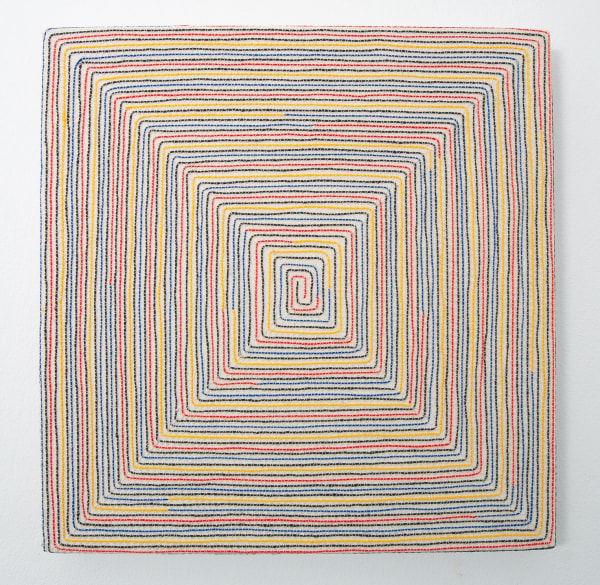
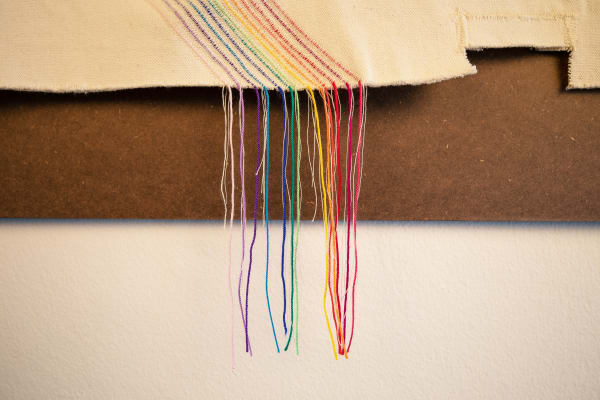
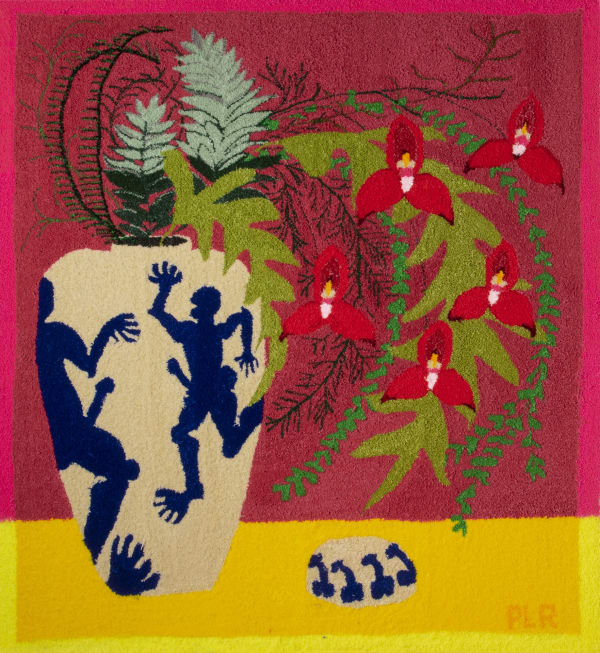

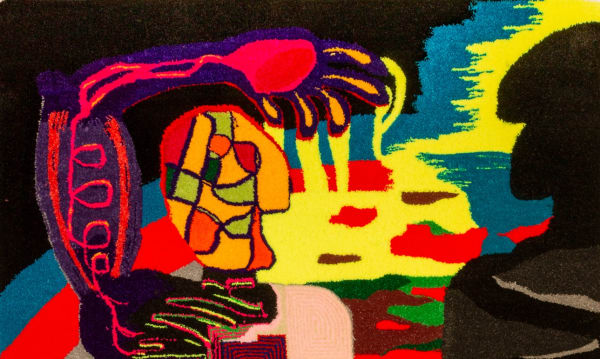





![Manyatsa Monyamane | Beyond III | [post]colonial Present](https://artlogic-res.cloudinary.com/w_600,c_limit,f_auto,fl_lossy,q_auto/ws-thkgallery/usr/images/press/main_image/items/e1/e1ecabd55ccd4db4944b15a0d19c7978/gladys_lowres.jpg)